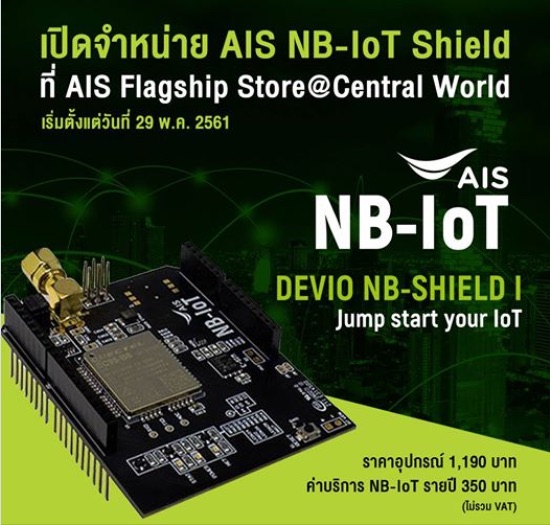My favorite projects are always related to the "latest" tech in command and control, networking and network communications. This Elecrow GSM/GPRS/EDGE SIM5360E 3G Shield seems to be the "latest and the greatest" as far as 3G and GPS, as far as I can see so far, but I has it drawbacks for sure.
I've also ordered a number of IoT devices (WIFI, BLE) and some long range RF TX/RX modules, for example:
https://www.aliexpress.com/item/32814966264.html
I have a question for you.
What, in your view, is the best wireless communications channel for passing data between from the underground parking garage (two levels below ground) to the top of a condo in the same building (27 floors up); with all the concrete in between?
When I am in the garage, my mobile phone (UMTS 850, UMTS 900, UMTS 2100 3G bands) loses signal; so I cannot use those frequency bands (typical here). I guess my question then is what RF band is best for this kind of "communications though a concrete building with a lot of concrete between the devices" ?
Do you think 923MHz LoRa is the best way to go to get a clean signal though 30 floors of concrete in a high rise condo? Or is there a better approach?
FYI: In Asia, LoRa operates in the 923 MHz Frequency Band
https://en.wikipedia.org/wiki/LoRa
What do you think?
Have Holidays!!
PS: See also:
How can LoRa help building owners cut opex?
See also:
Extreme Range Links: LoRa 868 / 900MHz SX1272 LoRa module for Arduino Waspmote and Raspberry Pi
https://www.cooking-hacks.com/documentation/tutorials/extreme-range-lora-sx1272-module-shield-arduino-raspberry-pi-intel-galileo
My thoughts are that the LoRa 923-925 (�AS2�) frequency band available in Thailand is my best bet to legally (approved frequencies bands) penetrate 30 floors of a condo, from basement to the top, but maybe there is a better way?
